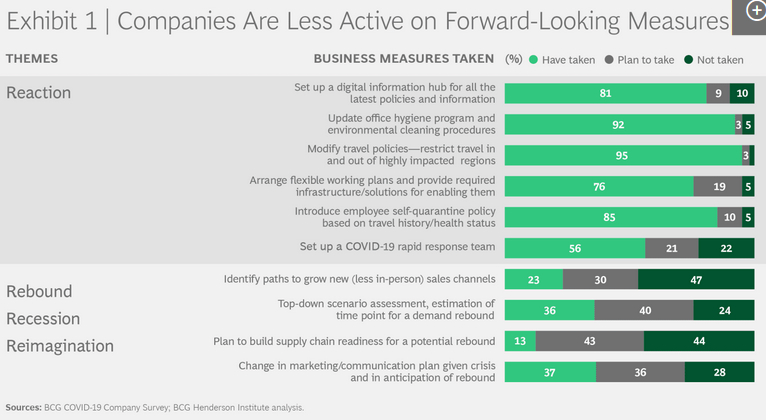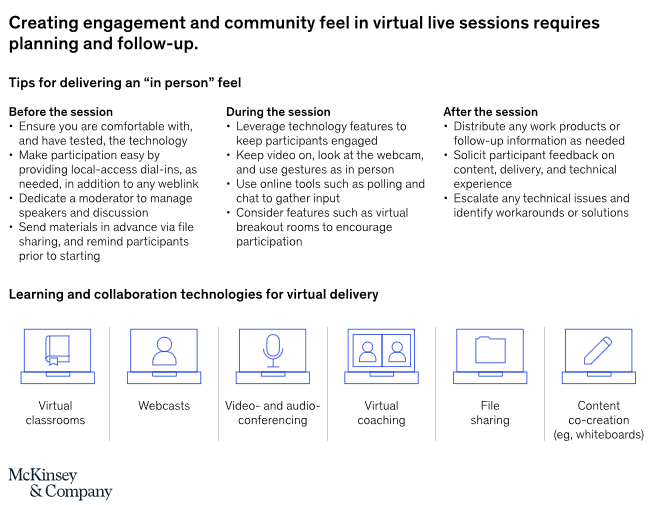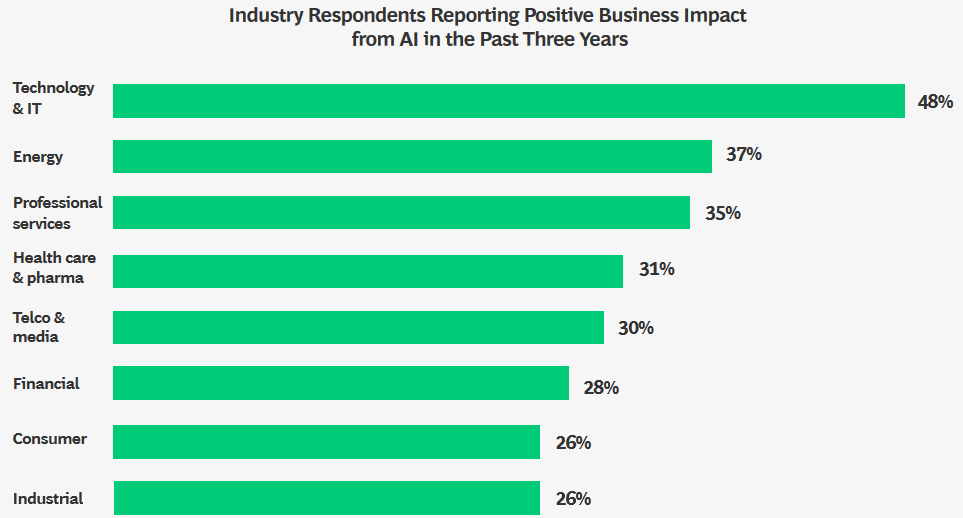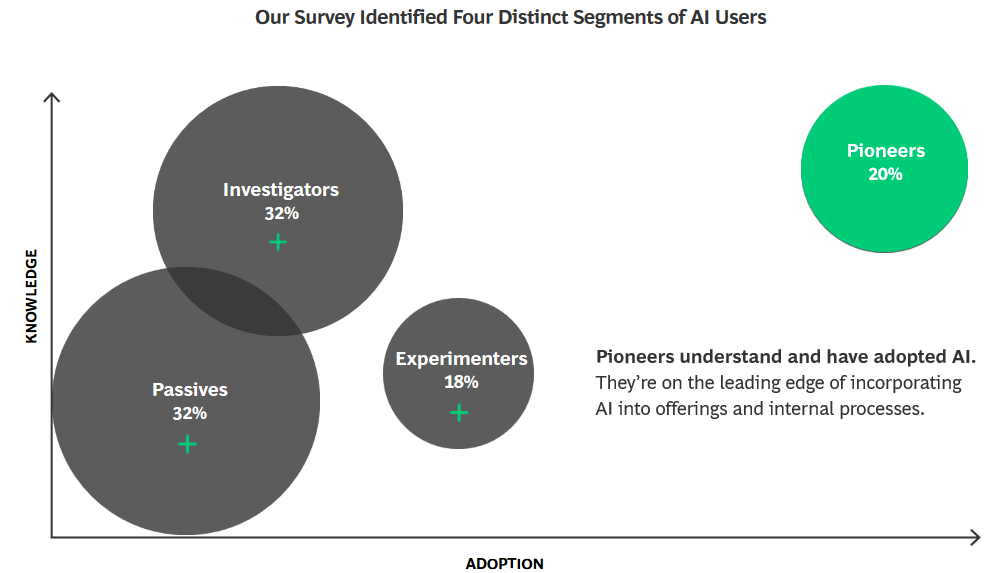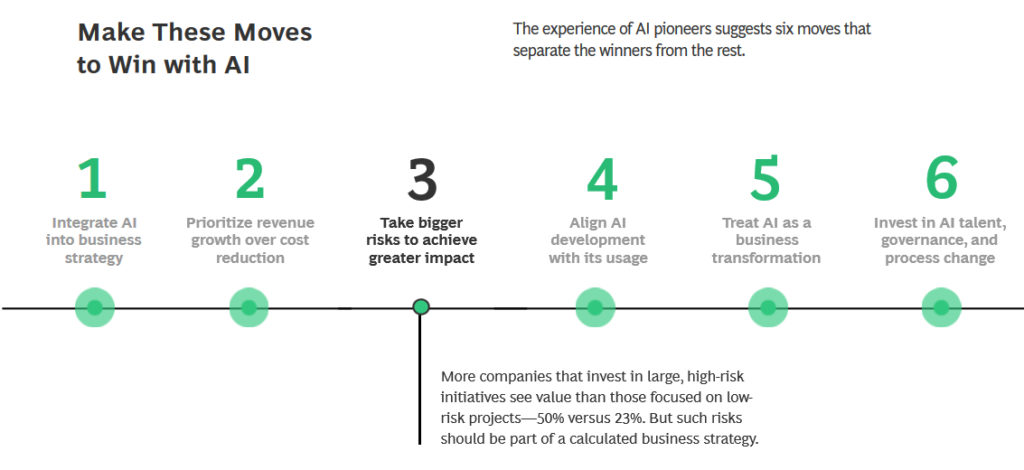Czy ze
względu na trudności ze znalezieniem gruntów w atrakcyjnych lokalizacjach deweloperzy
biorą pod uwagę zakup bardziej wymagających działek, np. parceli z budynkami do
wyburzenia, czy terenów pofabrycznych z zabudowaniami do rewitalizacji. Czy firmy
rozpatrują alternatywne rozwiązania, jak łączenie parceli lub odrolnianie
ziemi? Sondę przeprowadził serwis nieruchomości Dompress.pl
Mirosław Kujawski, członek zarządu Develia S.A.
Problem
z podażą gruntów utrzymuje się już od kilku lat, więc trudno jest budować
portfel wyłącznie w oparciu o „łatwe” grunty, ponieważ takich na rynku
zwyczajnie nie ma. Tym samym deweloperzy, w tym również nasza spółka, podejmują
się realizacji projektów trudniejszych, często wymagających rewitalizacji
terenów, uchwalania planów miejscowych, czy też przeznaczenia większych nakładów
na infrastrukturę np. związaną z sieciami czy drogami. Przykładem tego typu
inwestycji w naszym portfelu jest Bastion Wałowa w Gdańsku, który powstaje na
terenach byłych koszar wojskowych. W ramach trzeciego etapu realizacji inwestycji
zostanie odtworzona ściana jednego z budynków z wykorzystaniem pierwotnego
budulca. Inwestycje, które wymagały rozbiórki istniejących obiektów to również
Kamienna 145 we Wrocławiu, Grzegórzecka 77 w Krakowie, czy Baltea Apartments w
Gdańsku.
Marcin Żurek, dyrektor ds. realizacji inwestycji
w Nickel Development
Radzimy
sobie dobrze z uzupełnianiem zasobów gruntów i mamy już za sobą doświadczenia
związane z zakupem działek, które wymagają dodatkowych działań. Zarówno
łączenie parceli, jak i wydzielanie gruntów są przez nas praktykowane. Bierzemy
pod rozwagę również stopniowe skupowanie udziałów w nieruchomości, aby
następnie wystąpić o zmianę warunków zabudowy na potrzeby przyszłej inwestycji.
Nie jesteśmy natomiast aktualnie zainteresowani odrolnieniem gruntów, a skupiamy
się przede wszystkim na poszukiwaniu działek w granicach miast.
Eryk Nalberczyński, dyrektor ds.
sprzedaży w Lokum Deweloper
Brak
atrakcyjnych gruntów pod inwestycje mieszkaniowe oraz rosnące ceny działek to
problem, z którym boryka się większość firm deweloperskich w Polsce. Co więcej,
wiele dostępnych terenów jest obarczonych dodatkowymi utrudnieniami,
komplikującymi proces inwestycyjny. Posiadamy duże doświadczenie, wiedzę i
wykwalifikowaną kadrę specjalistów, co daje dobrą perspektywę w zakresie zagospodarowywania
terenów o trudniejszej charakterystyce inwestycyjnej. Na przestrzeni ostatnich
lat z powodzeniem zrealizowaliśmy przedsięwzięcia, które wiązały się z
rewitalizacją zaniedbanych obszarów poprzemysłowych, a także koniecznością
renowacji istniejącej historycznej
zabudowy. Osiedla Lokum di Trevi na wrocławskim Tarnogaju i Lokum Victoria przy
ulicy Tęczowej powstały w miejscach po dawnych zakładach przemysłowych,
hurtowniach i magazynach. Teren pod budowę Lokum Victoria
kupiliśmy razem z zabytkowymi obiektami, które poddaliśmy zabiegom
konserwatorskim i zaadaptowaliśmy do nowych funkcji handlowo-usługowych. W ten
sposób wykreowaliśmy atrakcyjną, ogólnodostępną przestrzeń miejską.
Realizując
drugi etap osiedla Lokum Vena we Wrocławiu podjęliśmy się zadania rewitalizacji
zespołu budynków wzniesionych pod koniec XIX i na początku XX w. Przeszły one
gruntowaną renowację, która została przeprowadzona w ścisłej współpracy z
konserwatorem zabytków i dbałością o każdy detal. W odrestaurowanych wnętrzach powstały
luksusowe apartamenty, którym prestiżu dodaje niezwykła, historyczna oprawa.
Dzięki sukcesywnemu uzupełnianiu banku
ziemi jesteśmy w dość komfortowej sytuacji. Posiadane przez firmę zasoby
pozwalają na budowę ponad 10 tys. mieszkań we Wrocławiu i w Krakowie.
Małgorzata
Ostrowska, członek zarządu i dyrektor Pionu Marketingu i Sprzedaży w J.W.
Construction Holding S.A.
Dysponujemy bankiem ziemi pod
budowę ponad 5 tys. lokali w atrakcyjnych lokalizacjach, który konsekwentnie
budowaliśmy od lat. Naturalnie nie zaprzestajemy dalszych poszukiwań.
Monitorujemy rynek, ale nie robimy zakupów za wszelką cenę, bo nie ma takiej
presji.
Zbigniew
Juroszek, prezes Atal
W
naszej firmie sami organizujemy zakup gruntów. Co istotne, prowadzimy racjonalną politykę zakupu działek pod inwestycje, decydujemy się tylko na najbardziej atrakcyjne oferty.
Przy czym i tak znacząco rozbudowaliśmy bank ziemi. Nie mamy z góry założonego
planu odnośnie zakupu gruntów, jesteśmy w tym względzie elastyczni. Nie wykluczamy
lokalizacji, gdzie konieczna jest rewitalizacja terenów poprzemysłowych czy
działek, które są obarczone trudnościami formalnymi w związku z budową
niezbędnej infrastruktury. Cały czas szukamy atrakcyjnych działek pod nowe
inwestycje i gdy tylko pojawia się dobra propozycja zakupu, szybko ją
finalizujemy. Jesteśmy w bardzo komfortowej sytuacji, ponieważ posiadamy
obszerny bank ziemi. W minionych latach dużo środków zainwestowaliśmy w jego
rozbudowę. W 2017 roku przeznaczyliśmy na ten cel przeszło 230 mln zł, w 2018
roku niespełna 200 mln zł, a w pierwszych trzech kwartałach minionego roku
blisko 90 mln zł. To zabezpiecza naszą działalność na kilka lat.
Zuzanna
Należyta, dyrektor ds. handlowych w Eco Classic
Od kilku
lat trudno jest znaleźć atrakcyjne tereny inwestycyjne z prostą sytuacją
prawną. Większość naszych inwestycji została zrealizowana na terenach, które
poprzednio miały nieco inne przeznaczenie niż mieszkaniowe.
Wojciech Chotkowski, prezes
zarządu Aria Development
Rewitalizacja
przyciąga obecnie coraz bardziej uwagę deweloperów, również naszą, ze względu
na ograniczoną podaż gruntów pod zabudowę na terenach miejskich. Rewitalizowane
przestrzenie to często jedne z najlepszych lokalizacji. Historia jest źródłem
niepowtarzalnego klimatu, który może wyróżnić inwestycję i działać na
wyobraźnię kupujących. Jednak trzeba mieć na uwadze, że warunki techniczne
takich projektów są trudne do przewidzenia i mają wpływ na finalne koszty.
Michał Płoucha, dyrektor
zarządzający BY MADE
Jesteśmy
w lepszej sytuacji, ponieważ jako grupa realizująca aparthotele szukamy gruntów
z przeznaczeniem pod usługi, a co za tym idzie nie konkurujemy z deweloperami
budującymi obiekty wielorodzinne, którzy już od dłuższego czasu borykają się z
problemem braku działek pod zabudowę mieszkaniową w centrum i jego najbliższym
otoczeniu. Zmniejszająca się podaż gruntów wpływa na ceny mieszkań, które rosną
od dłuższego czasu. W konsekwencji mikroapartamenty stają się coraz bardziej
atrakcyjne w oczach inwestorów. Pod budowę aparthotelu Legnicka 60C kupiliśmy
niezabudowaną działkę w dobrej lokalizacji, która zachęca inwestorów do
nabywania lokali. Po pierwsze zapewnia bardzo duże możliwości wynajmu i szeroką
grupę docelową najemców, po drugie daje szansę na wzrost wartości nieruchomości
w czasie. Oczywiście interesują nas także działki zabudowane obiektami do
wyburzenia lub adaptacji.
Joanna Chojecka,
dyrektor ds. sprzedaży i marketingu Robyg SA.
Jednym z
ważniejszych wyzwań dla deweloperów będzie pozyskiwanie banków ziemi. Już teraz
przewagę mają największe podmioty, które są w stanie podpisywać umowy na duże
tereny. Potencjał sprzedażowy Robyg na kolejne kwartały jest wysoki, zasoby
gruntów umożliwiają nam wybudowanie około 16 000 mieszkań. Obecnie w ofercie
sprzedażowej Grupy w Warszawie, Gdańsku i Wrocławiu znajduje się około 1200
lokali. Jest ona stale uzupełniana o nowe etapy i inwestycje. Prowadzimy
działalność deweloperską w Warszawie, Gdańsku i Wrocławiu. Posiadamy też tereny
inwestycyjne w Poznaniu.
Grupa Robyg
ma bardzo bogate doświadczenie w prowadzeniu inwestycji na terenach
rewitalizowanych, pofabrycznych, a także w zakresie przygotowania
formalno-prawnego gruntów, jak np. odrolnienie. Dlatego nie przewidujemy
trudności w pozyskiwaniu nowych lokalizacji. Bogaty bank ziemi na kilka lat to
jeden z naszych atutów.
Autor:
Dompress.pl
